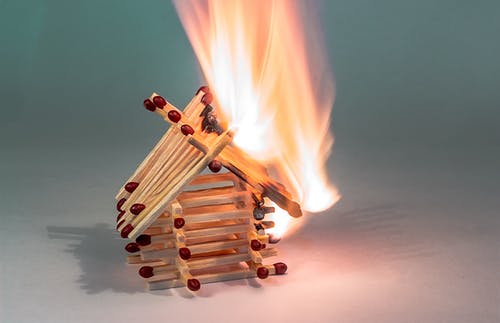Water is a vital component of life. However, if it grows uncontrollably, it will cause a great deal of damage. Floodwaters represent a significant danger to the people during and after a flood. Floodwaters are filled with hazardous bacteria, chemicals, and toxic substances, contaminating whatever they come into contact with. In as little as twenty-four hours after the flood subsides, the extra dampness left by the receding water gives rise to mold infestations.
Tips for Safe Mold Remediation
When your home floods, it might feel like the whole world has come to a full halt. However, if water enters your home, the setting is ideal for mold growth. It is crucial to act quickly in order to remediate mold and keep your house safe for years to follow. We’ve created mold remediation after a flood guide to assist you in preparing if your home suffers flood damage.
Call a water damage restoration firm.
Finding a reliable and proven mold remediation firm is the first step in the cleanup procedure after a flood. Mold can harm you and your loved ones if you don’t know how to deal with your mold issues correctly. Get in touch with a mold cleanup expert as soon as you see water damage. Once the damage has been assessed, they will be at your house as quickly as possible to begin restoration.
Dry out flooded areas immediately.
When it comes to flood damage, time is the key. The longer water sits, the harder it is to restore. Plan to initiate cleaning within 24 to 48 hours of the flood. Once the water subsides, go through your home and inspect every room for water, spills, and leakages.
Start cleaning and drying up the flooded spots once you’ve found them. Using a wet and dry vacuum cleaner, get rid of the water. You can rent if you don’t have one. You can also employ property damage services to help you, especially if the area is big.
Clear out any remaining water.
If the space is less than ten square feet and there is less than an inch of water, rent a wet-dry vacuum cleaner to remove standing water in your home. Before entering polluted water, arm yourself with the proper equipment. Put on some goggles, gloves, boots, long sleeves, long trousers, and a mask-like N-95 respirator.
If the remaining water covers an area exceeding ten square feet or there is more than an inch of water, consult with a local water damage restoration company for assistance. On top of that, check for groundwater or water pooling against your foundation outside your property as well. Water can sneak right into your home and lead to mold buildup. For frequently asked questions about water damage repairs, check out this link.
Conclusion
Mold accumulation after a flood is a homeowner’s worst nightmare. Nonetheless, with the help of this guide, you will be prepared to act swiftly if your property ever sustains water damage. Hiring a competent mold remediation company to take care of your house will undoubtedly save you money and time and prevent mold development.


